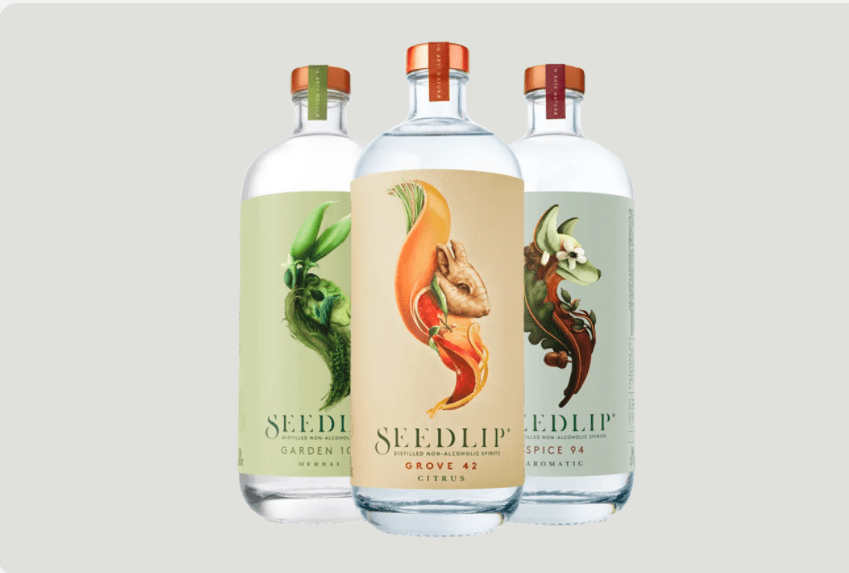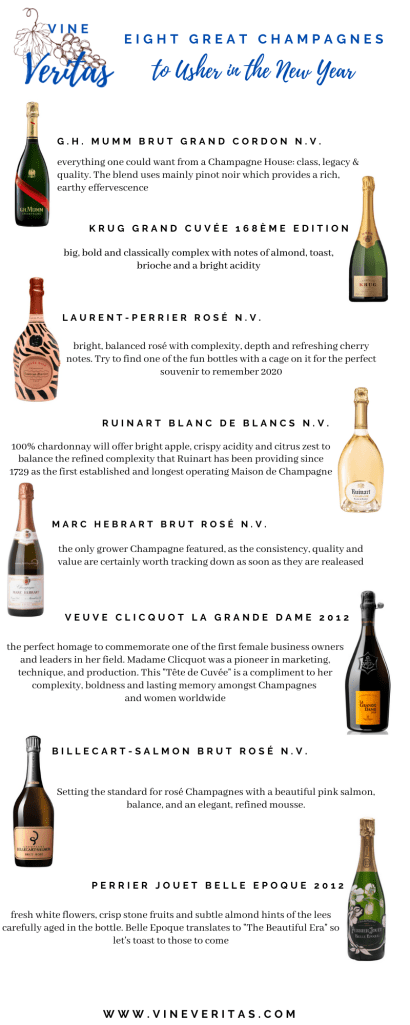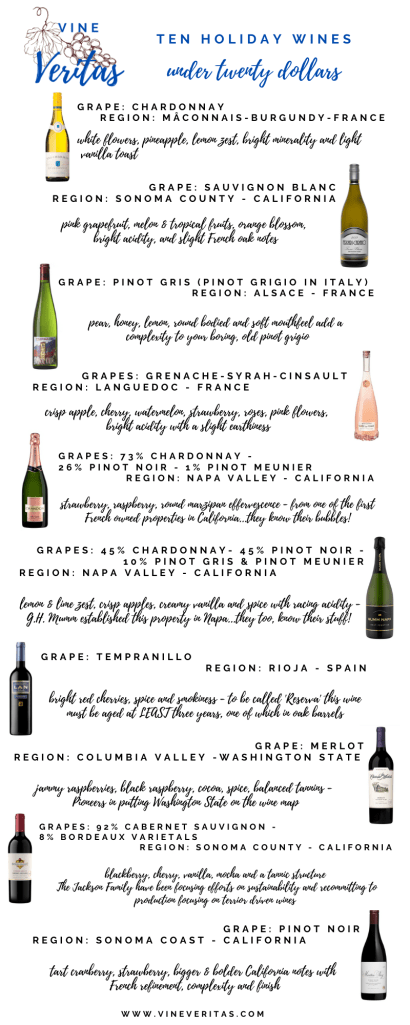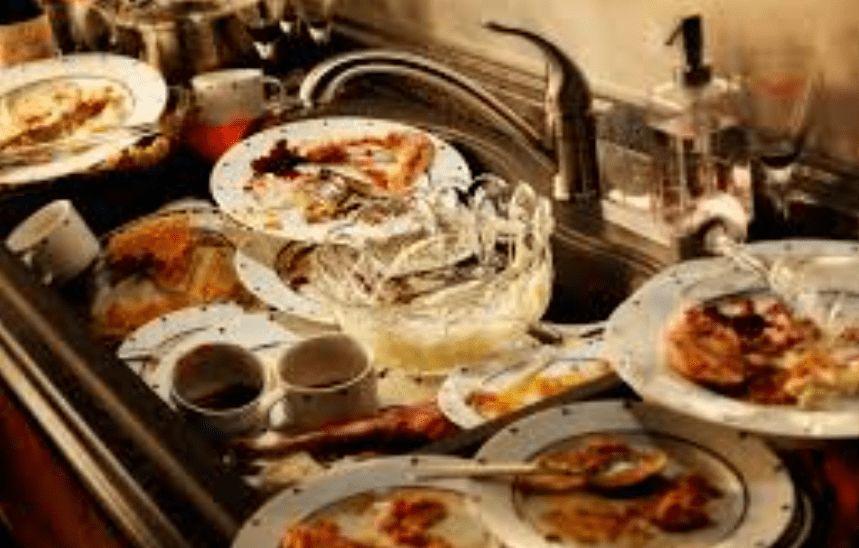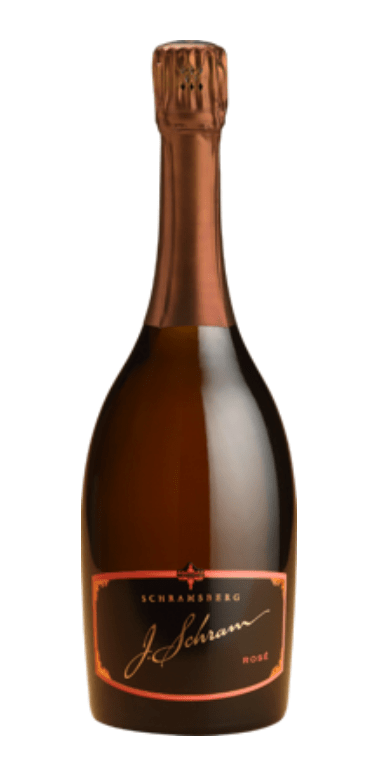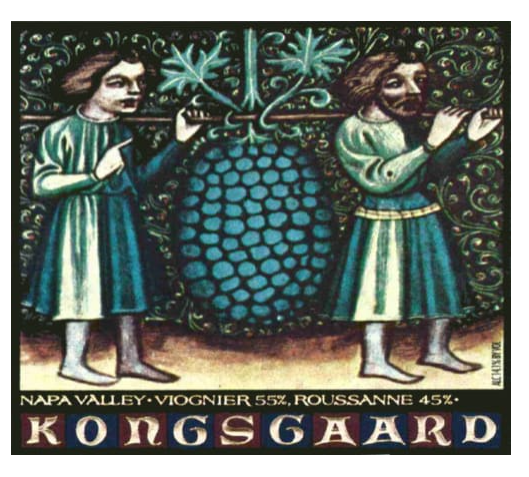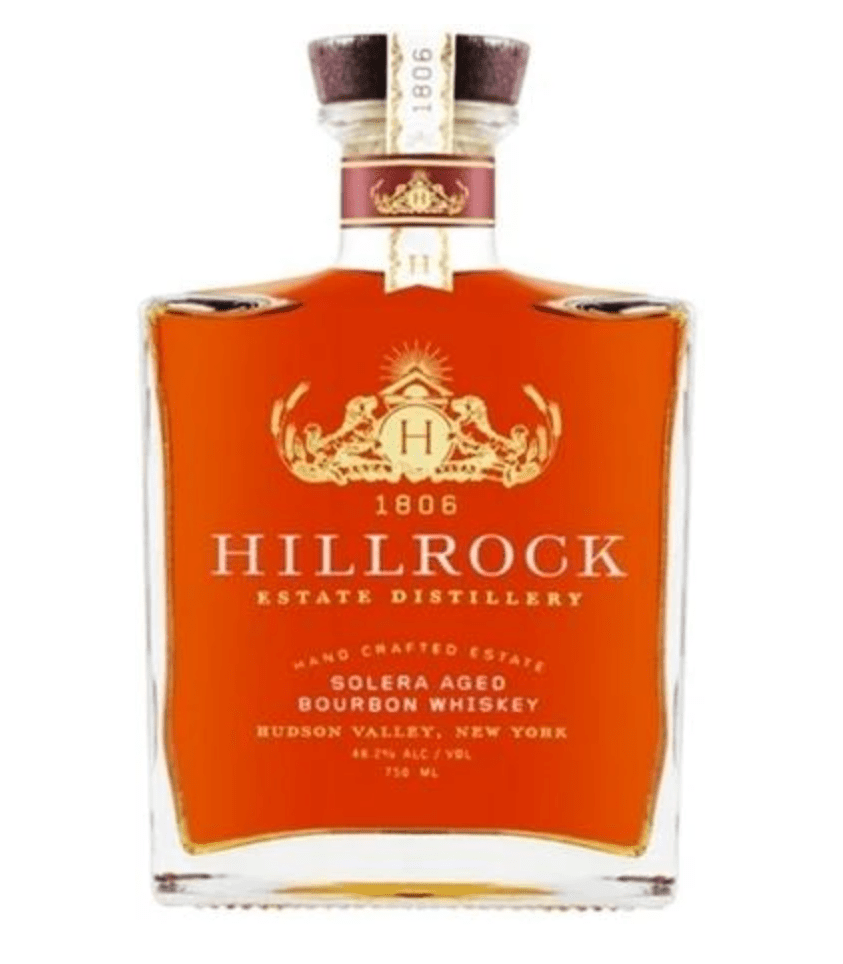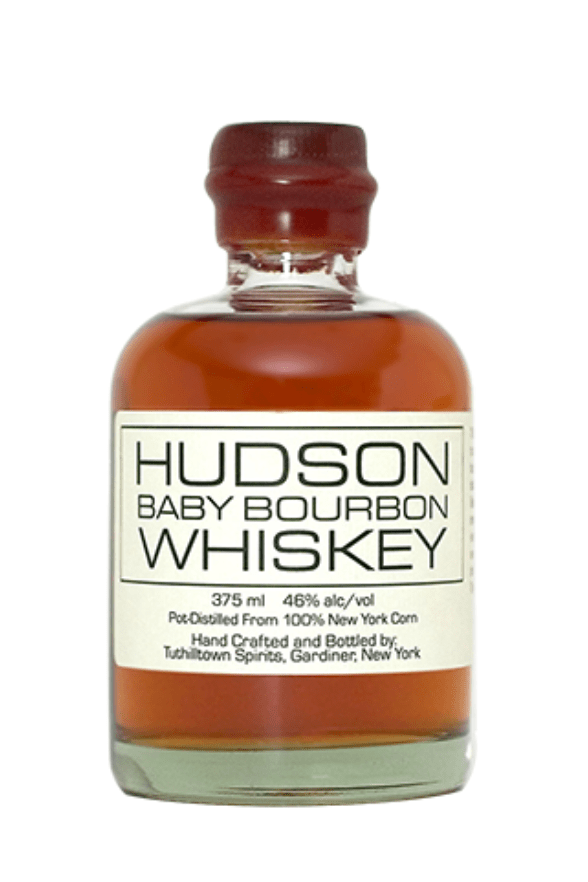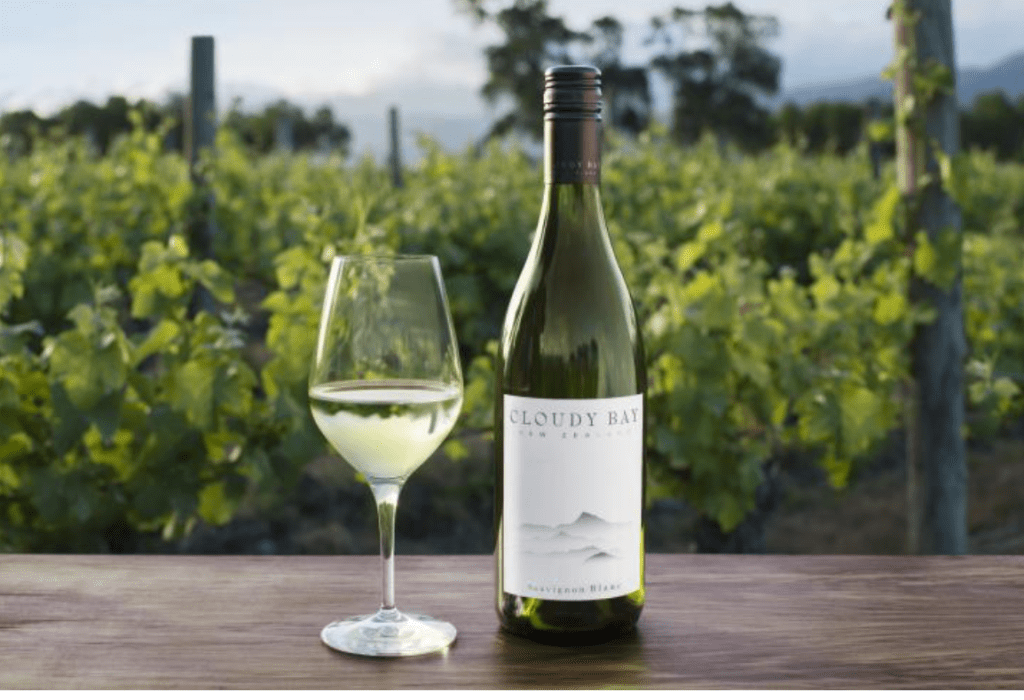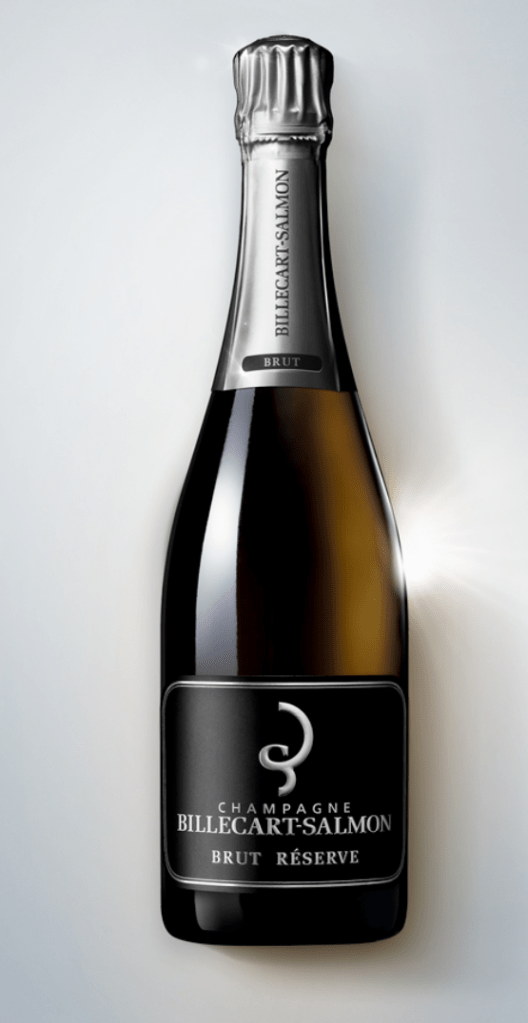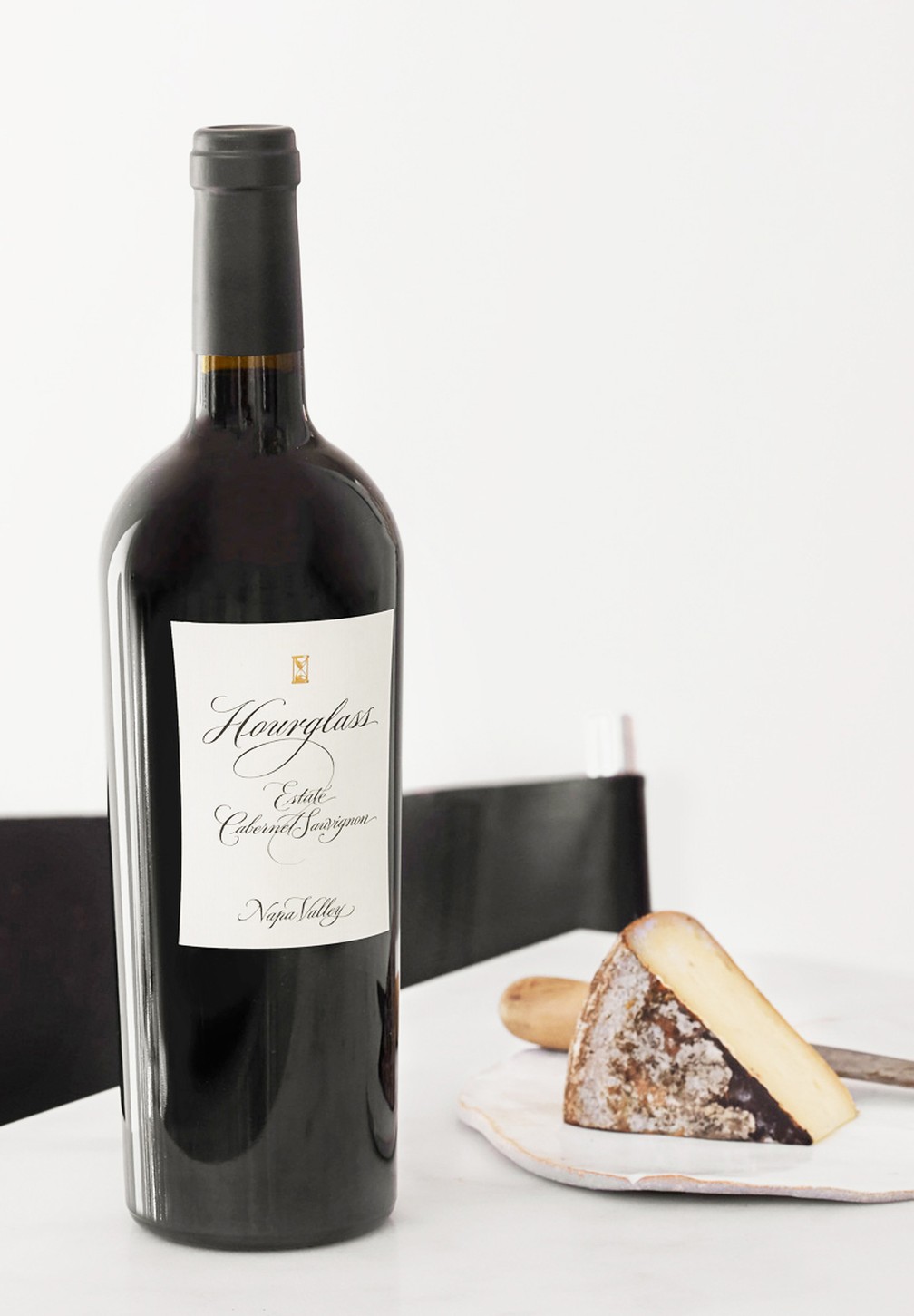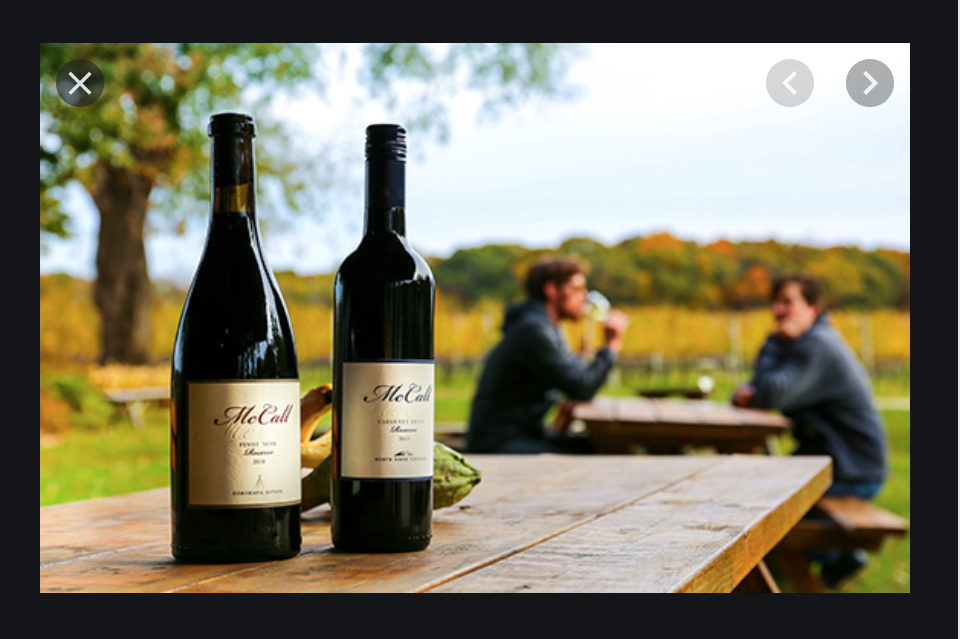Here are three wines that will pair perfectly with your Valentine’s meal to impress the pants off your dinner guest…if you’re lucky.
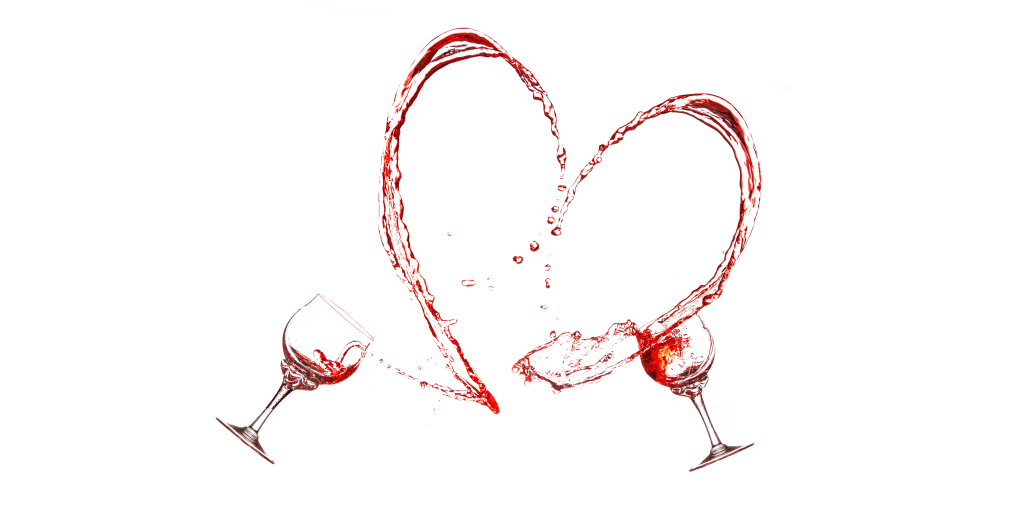

Budget: 2015 Lopez de Heredia Vina Cubillo Tinto Crianza, Rioja, Spain $22 – $25
Wines from Spain give you some of the best bang for your buck, and this one is no exception. Crianzas will have at least one year of oak barrel aging, and the vanilla and baking spice notes from this process will be the perfect balance to the rosemary garlic butter on this filet mignon.
Moderate: 2019 Stag’s Leap Wine Cellars ‘Artemis’ Cabernet Sauvignon, Napa Valley, California $80 – $90
Stag’s Leap describes this wine with notes of chocolate covered cherries, mocha, crushed raspberry, olives and thyme. With supple tannins and a full body, this wine will pair with you steak and carry you right through to dessert.

Splurge: 2020 Chateau Calon-Segur, Saint-Estèphe, Bordeaux, France $160 – $185
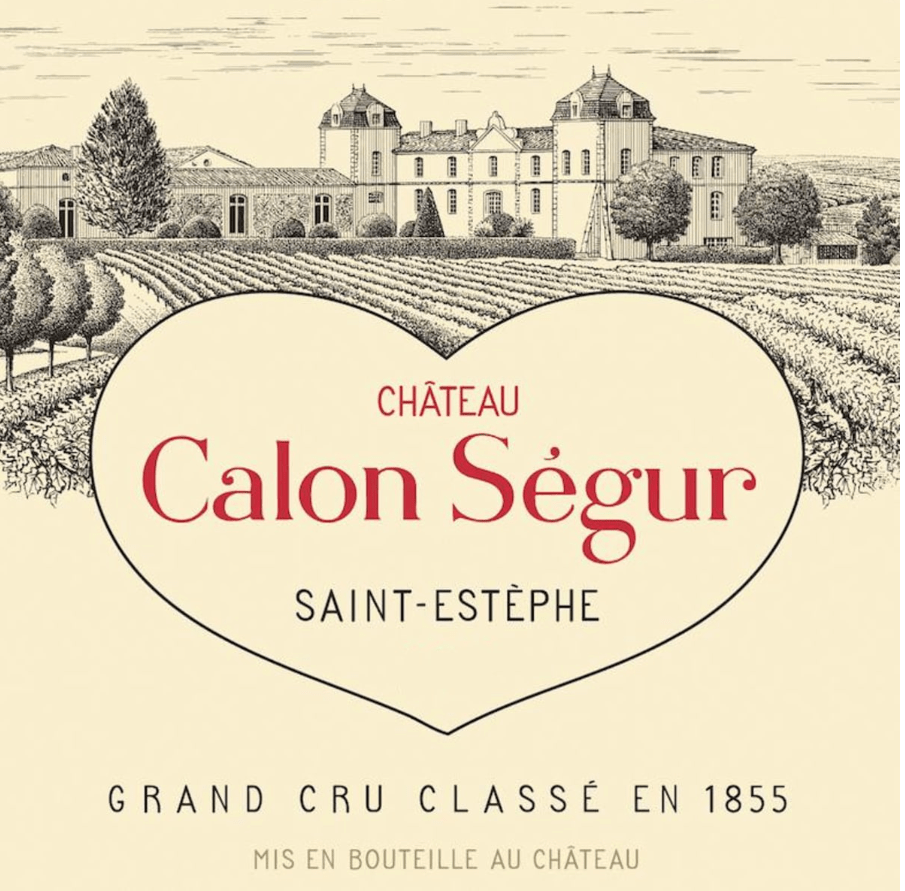
What wine could be more appropriate for Valentine’s Day than one with a giant heart on the label?! Personally, I’d rather have a bottle of this than a dozen roses…but take my advice at your own risk. Notes of violet, rose petals, truffles (the mushrooms, not the chocolates) and blackcurrant, balanced by the 78% blend of cabernet sauvignon to give it power and structure, this wine will make each bite of your perfectly cooked filet melt in your mouth.
…and if you’re cooking at home, try this amazing recipe:
Oven Finish Filet Mignon with Garlic Butter Sauce from my friend, Tommy, better know as the Skinny Guinea.



